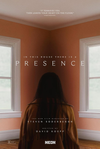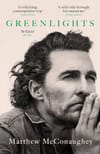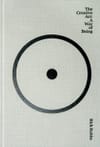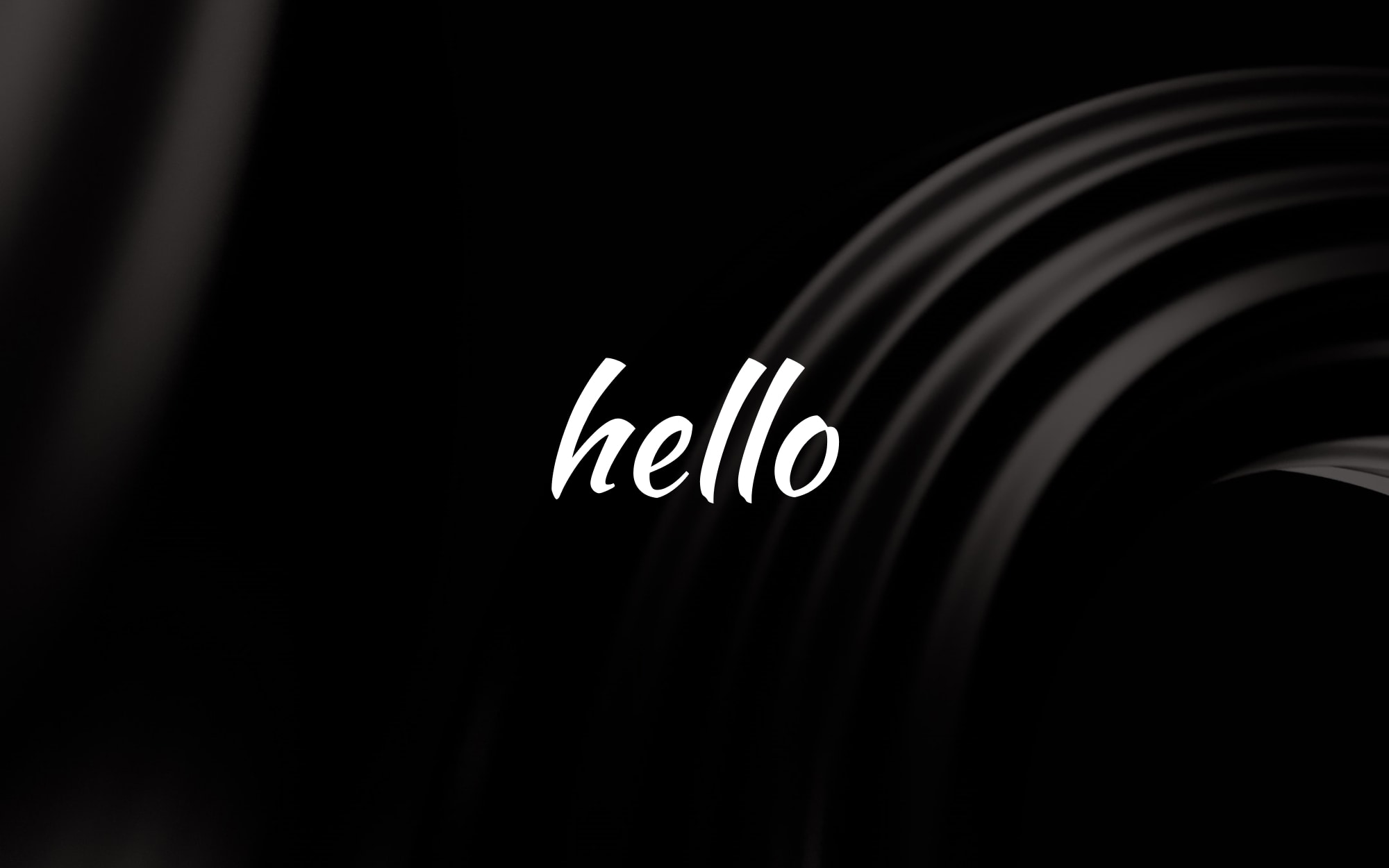
The Presence, directed by Steven Soderbergh, is a hauntingly inventive take on the ghost story genre, distinguished by its narrative arc and a jaw-dropping plot twist that redefines the film’s emotional core. Shot entirely from the perspective of an unseen supernatural entity, the movie unfolds as a slow-burn family drama laced with spectral intrigue, culminating in a revelation that transforms its seemingly straightforward premise into a poignant meditation on grief, guilt, and redemption.
The story arc begins with the Payne family—Rebecca (Lucy Liu), Chris (Chris Sullivan), and their teenage children, Tyler (Eddy Maday) and Chloe (Callina Liang)—moving into a beautifully renovated suburban home. The camera, embodying the titular presence, drifts through the house, observing the family’s fractured dynamics. Chloe, grieving the loss of her friend Nadia to an overdose, senses the entity’s watchful gaze, while her self-absorbed mother and cruel brother dismiss her unease. The arc builds tension through subtle supernatural hints—books float, shelves crash—interwoven with the family’s unraveling relationships. Chloe’s isolation deepens as she secretly dates Ryan (West Mulholland), Tyler’s manipulative friend, and the presence grows protective, knocking over a drugged drink Ryan prepares for her. This escalation hints at a classic haunting, but Soderbergh keeps the focus on emotional undercurrents rather than cheap scares, setting the stage for the twist.
The plot twist arrives in the film’s final act, shattering assumptions about the presence’s identity. As Ryan’s sinister nature surfaces—he confesses to killing Nadia and drugs Chloe again—the entity frantically intervenes, rousing a sedated Tyler. In a shocking climax, Tyler tackles Ryan out a window, killing them both to save his sister. The denouement reveals the presence as Tyler himself, trapped in a paradoxical loop where his death enables his redemptive act. This twist reframes the entire arc: the entity’s fixation on Chloe wasn’t Nadia’s ghost but Tyler’s future self, seeking atonement for his past cruelty. The final image—Rebecca glimpsing Tyler in a mirror—seals the story with gut-wrenching sorrow.
This narrative pivot elevates The Presence beyond a gimmicky POV experiment into a profound exploration of familial bonds and personal evolution. The arc’s slow build, though occasionally frustrating, pays off by making the twist both surprising and inevitable. It’s not a horror film in the traditional sense—lacking jump scares—but its eerie atmosphere and emotional depth linger. Soderbergh’s masterful camerawork and the cast’s raw performances amplify the story’s impact, though the ambiguity of the presence’s timeline might leave some viewers puzzled. Still, the twist’s resonance, blending tragedy with a flicker of grace, makes The Presence a standout, proving that the most haunting ghosts are the ones we carry within.
⭐️⭐️⭐️⭐️⭐️










